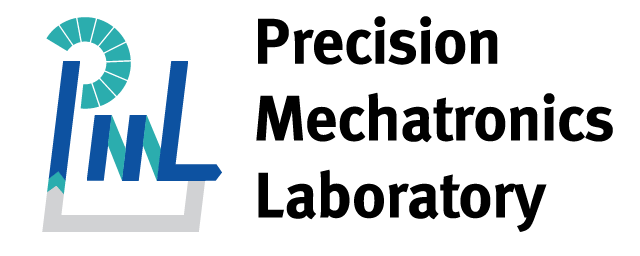
Picture of the AQG near the active craters of Mount Etna, before its installation in the Pizzi Deneri Observatory © Exail / NEWTON-g European project
The FIeld QUantum Gravity Sensors (FIQUgS) project is a European collaboration bringing together 10 partners to take quantum gravity sensing to the next level. This consortium has two objectives:
1. To develop a next generation Absolute Quantum Gravimeter (AQG) that will offer an ultimate level of performance, compactness, an improved robustness, and a reduced power consumption.
2. To produce an autonomous multi-sensor density imager composed of a Differential Quantum Gravimeter (DQG) and a Ground Penetrating Radar (GPR). This carrier will have the capability to automatically perform geophysical surveys and will put together merged maps gathering gravity, gravity-gradient, and radar data.
PML’s contribution to FIQUgS:
AQG are ultra-stable absolute gravity sensors which performance is mainly limited by seismic motion. A solution to address this issue consists of measuring the vibration of the sensor head with a classical accelerometer and compensate in real-time its effect on the AQG output. The performance of this method is inherently limited to the resolution of the accelerometer. At the start of the project, a commercial accelerometer Titan from Nanometrics is used to perform the vibration compensation. However, since it is not optimally designed for that application, residual of the imperfect compensation remains the main limitation to the accuracy of the gravity measurement.
Our group which has strong experience in designing high resolution inertial sensors has undertaken the challenging task to design an ideal accelerometer used for optimal vibration compensation and, consequently, improve the AQG’s performances.



